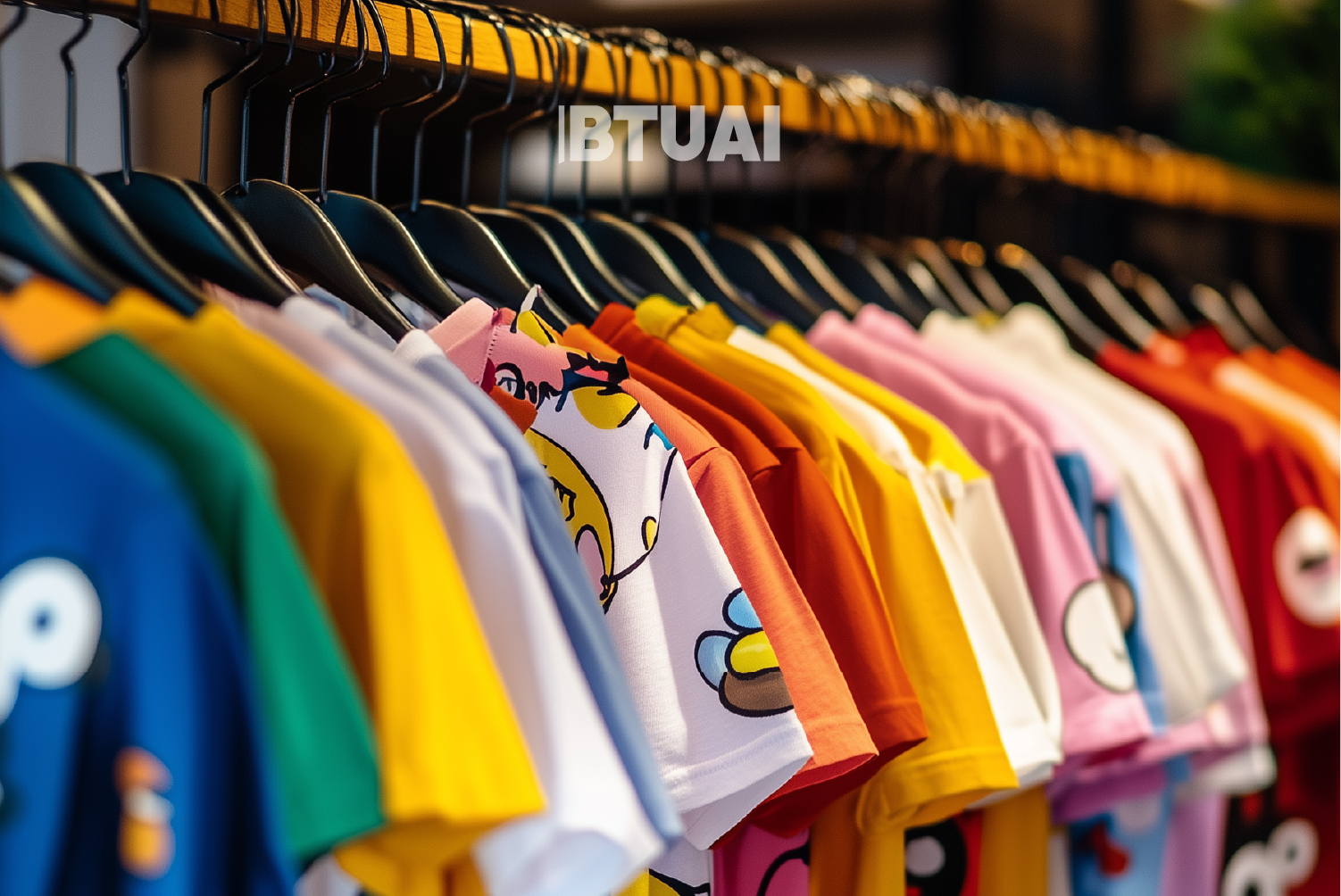Children’s Clothing Market: How Prices Are Changing and What to Expect in 2025
The children’s clothing market is one of the most dynamic and growing sectors worldwide. Unlike adult fashion, which can

The children’s clothing market is one of the most dynamic and growing sectors worldwide. Unlike adult fashion, which can be seasonal or trend-driven, the demand for children’s clothing remains constant, as kids grow quickly and frequently need new items. Parents place great importance on quality, safety, and comfort, which sets specific standards for the market.
The children’s clothing sector is divided into several key segments: mass-produced brands, premium and designer clothing, eco-friendly products, and second-hand clothing. In recent years, the popularity of sustainable and organic materials has increased significantly, reflecting parents’ growing preference for natural fabrics. The rise of digital sales has also transformed the industry—online stores and social media sales have quickly become dominant channels, as many consumers prefer to save time and compare prices in the digital space.
In Georgia, the children’s clothing market has expanded significantly in recent years, although price fluctuations remain quite noticeable. A large share of imported products is dependent on the US dollar, which directly affects prices due to exchange rate fluctuations. Generally, international brand clothing is more expensive, while products imported from Turkey or China remain relatively affordable. Additionally, the number of second-hand clothing stores has grown in recent years, providing parents with budget-friendly alternatives.
Over the past year, children’s clothing prices in Georgia have changed in different ways. Some categories have become more expensive, while others have decreased in price. For instance, sweaters have risen by 7.7%, and trousers by more than 10%, adding extra costs for parents. However, there is good news as well—summer dresses and tights have become more affordable, with tights dropping in price by 7.5%. Meanwhile, coats and shirts have remained relatively stable, with price changes within just 1%. These variations highlight the market’s dynamic nature, where consumer demand and purchasing behavior play a key role in shaping price trends.
Although the children’s clothing industry in Georgia is still largely dependent on imports, local brands have gained a stronger presence in recent years. For many consumers, they offer an attractive alternative, as locally produced clothing is often high quality and sold at relatively stable prices. This trend may continue in the future, especially if import costs keep rising.




